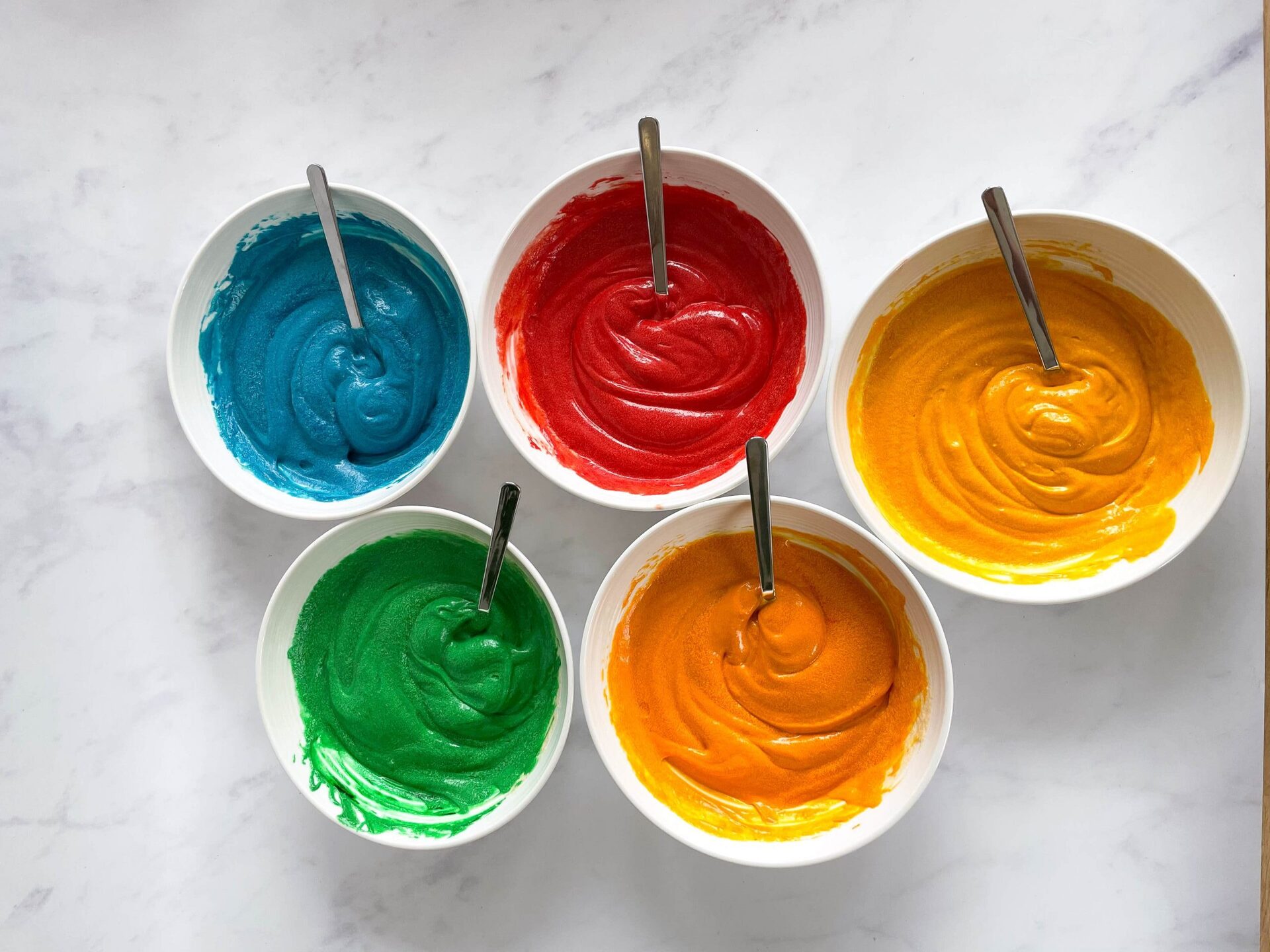

Articles
How To Store Cake Batter Between Batches
Modified: February 27, 2024
Discover the best techniques for storing cake batter between batches with our informative articles. Ensure your batter stays fresh and ready for baking!
(Many of the links in this article redirect to a specific reviewed product. Your purchase of these products through affiliate links helps to generate commission for Storables.com, at no extra cost. Learn more)
Introduction
When it comes to baking delicious cakes, the process often involves making multiple batches of batter. However, it can be time-consuming and inconvenient to prepare the batter from scratch for each batch. This is where the technique of storing cake batter between batches comes in handy. Not only does it save you time, but it also ensures consistent results and allows you to bake cakes whenever you desire.
In this article, we will explore the various aspects of storing cake batter between batches. From the benefits to the proper storage techniques and helpful tips, you will gain valuable insights to elevate your baking skills to the next level.
So, if you’re ready to unlock the secret of convenient cake baking, read on to discover everything you need to know about storing cake batter.
Key Takeaways:
- Save time and maintain consistency by storing cake batter between batches. Choose the right container, follow proper cooling and storage techniques, and implement long-term storage tips for delicious results every time.
- Embrace the convenience and flexibility of storing cake batter. Experiment with flavors, reduce mess, and enjoy freshly baked cakes whenever you desire by following proper precautions and safety measures.
Read more: How To Store Cake Batter
Why Store Cake Batter?
Storing cake batter can be a game-changer for home bakers. Here are a few compelling reasons why you should consider storing cake batter between batches:
- Time-saving: The most obvious benefit of storing cake batter is the time it saves. Instead of preparing the batter from scratch for each batch, you can have a portion of the batter ready to go whenever you need it. This is especially beneficial when you’re baking in large quantities or for special occasions.
- Consistency: Consistency is key in baking, and storing cake batter allows you to achieve precisely that. By using the same batter for each batch, you ensure that every cake has the same flavor, texture, and rise. This is particularly important when you’re baking multiple layers for tiered cakes or cupcakes for events.
- Flexibility: Storing cake batter gives you the flexibility to bake whenever it suits you. Whether you want to bake a cake on short notice or simply prefer to spread out the baking process over multiple days, having pre-made batter allows you to adapt your baking schedule to your convenience.
- Reduced Mess: Baking can be a messy process, with flour and sugar flying everywhere. By preparing the cake batter in advance and storing it, you minimize the mess in your kitchen. Additionally, you’ll only need to clean your mixing bowls, measuring cups, and utensils once, saving you from the hassle of repetitive clean-up.
- Experimentation: Storing cake batter can also open up opportunities for experimentation. With a portion of the batter already prepared, you can divide it into smaller portions and try out different flavors, colors, or mix-ins in each batch. This allows you to unleash your creativity and create unique cakes that are sure to impress.
As you can see, the benefits of storing cake batter are abundant. Whether you’re a seasoned baker or just starting out, this technique can streamline your baking process and elevate your cakes to new heights. Now that we understand the importance of storing cake batter, let’s delve into the next crucial aspect – choosing the right container for storage.
Choosing the Right Container
When it comes to storing cake batter, choosing the right container is essential to maintain the quality and freshness of the batter. Here are some factors to consider when selecting a container:
- Airtightness: The container you choose should have a tight seal to prevent air from entering and drying out the batter. This helps to preserve the moisture and texture of the batter.
- Size: The size of the container depends on the quantity of batter you want to store. Ideally, it should have enough space to accommodate the batter without overflowing or causing spillage.
- Material: Opt for a food-grade container made of a sturdy and non-reactive material, such as glass or BPA-free plastic. Avoid containers made of metals or materials that may react with the batter and alter its taste or texture.
- Transparent: Choosing a transparent container allows you to easily see the contents without having to open it. This lets you monitor the consistency and any possible changes in the batter.
- Ease of Use: Consider the ease of pouring and retrieving the batter from the container. Look for containers with wide openings and comfortable handles for convenient handling.
Based on these considerations, there are several suitable container options for storing cake batter:
- Plastic Containers: Plastic containers with airtight lids are a popular choice for storing cake batter. They are lightweight, easily available, and come in various sizes. Look for containers that are specifically designed for food storage and have tight-fitting lids.
- Glass Containers: Glass containers, such as glass bowls or jars with sealed lids, are another excellent option. They are non-reactive, do not absorb odors or flavors, and are easy to clean. Glass containers also provide the advantage of being microwave-safe, allowing you to heat the batter directly in the container if needed.
- Disposable Freezer Bags: If you prefer a more flexible and space-saving option, you can use disposable freezer bags for storing cake batter. Choose high-quality bags that are freezer-safe and have a strong seal. They are particularly convenient if you want to store individual portions of batter.
Remember to label the container with the date and type of batter to keep track of its freshness and avoid confusion. Now that you have chosen the right container, it’s time to learn the proper techniques for cooling and storing the cake batter between batches.
Cooling and Storing the Batter
Once you’ve prepared your cake batter, it’s important to cool it properly and store it correctly to maintain its quality. Here are the steps to cool and store cake batter between batches:
- Cooling: After preparing the batter, allow it to cool at room temperature for about 15 to 20 minutes. This ensures that excess heat dissipates and prevents steam from condensing inside the container, which can affect the texture of the batter.
- Transfer to the Container: Once the batter has cooled slightly, pour it into the chosen airtight container. Fill the container only about three-quarters full to leave some room for the batter to expand as it freezes or chills.
- Sealing: Ensure that the container is tightly sealed to prevent air from entering. This helps to maintain the freshness and prevent freezer burn, if storing in the freezer.
- Label and Date: It’s essential to label the container with the date and type of batter. This allows you to track the freshness of the batter and ensures you use the oldest batch first.
- Refrigeration or Freezing: Depending on how long you plan to store the batter, you can choose between refrigeration or freezing. If you’re planning to use the batter within a day or two, refrigeration is sufficient. However, if you want to store it for a longer period, freezing is recommended.
- Refrigeration: To refrigerate the batter, place the container in the refrigerator and ensure it is kept away from strong-smelling foods. Use the batter within 48 hours for the best results.
- Freezing: If you decide to freeze the batter, make sure the container is freezer-safe. Place it in the freezer and use the batter within two to three months. When you’re ready to use the batter, thaw it in the refrigerator overnight before proceeding with baking.
Remember, it’s vital to follow proper food safety guidelines when storing cake batter. If you notice any off-putting odor, discoloration, or unusual texture in the stored batter, it is best to discard it to avoid any health risks.
Now that you know how to cool and store the batter, let’s explore some useful tips for long-term storage.
Store cake batter in an airtight container in the refrigerator for up to 24 hours. Before using, let it come to room temperature and give it a quick stir.
Tips for Long-Term Storage
When it comes to long-term storage of cake batter, there are a few additional tips that can help maintain its quality and taste:
- Divide into Portions: If you anticipate needing smaller quantities of batter for future use, consider dividing the batter into individual portions before storing. This way, you can thaw and use only the amount you need, minimizing waste.
- Double Wrapping: To further protect the batter from freezer burn, consider double-wrapping the container with plastic wrap or aluminum foil before placing it in the freezer. This extra layer of protection helps to maintain the quality of the batter over an extended period.
- Label with Instructions: Along with labeling the container with the date and type of batter, you can also include baking instructions. Indicate the oven temperature, baking time, and any additional steps required for baking. This makes it easier to refer to the instructions when you’re ready to bake.
- Taste Test: Before using the stored batter for a large baking project, consider doing a small test batch to ensure that the taste, texture, and rise are still satisfactory. This allows you to make any adjustments or modifications to the batter if needed.
- Rotate Batter: If you frequently store cake batter, it’s a good practice to rotate the containers. Use the oldest batch first and ensure that each container gets its turn in the baking rotation. This prevents any batch from being stored for too long and ensures freshness.
- Thaw Slowly: When thawing frozen cake batter, it is best to do it slowly in the refrigerator overnight. Thawing at room temperature can lead to uneven thawing and potential bacterial growth. Avoid microwaving the batter to thaw it quickly, as this can affect its texture.
- Use Fresh Ingredients: The quality of the stored cake batter largely depends on the freshness of the ingredients used. Therefore, always use fresh eggs, butter, and other ingredients to ensure the best results.
By following these tips, you can ensure that your stored cake batter remains fresh, delicious, and ready to use whenever you need it. Now let’s move on to discussing some important precautions and safety measures to keep in mind when storing cake batter.
Read more: How To Store Leftover Cake Batter
Precautions and Safety Measures
While storing cake batter can be incredibly convenient, it is important to take certain precautions and practice safety measures to ensure the freshness and safety of the batter. Here are some key points to keep in mind:
- Temperature Control: Proper temperature control is crucial when storing cake batter. Ensure that the batter is promptly cooled before transferring it to the container and refrigerating or freezing it. This helps maintain the integrity of the batter and minimizes the risk of bacterial growth.
- Thorough Mixing: Before storing the batter, ensure that it is thoroughly mixed to distribute all the ingredients evenly. This ensures consistent results when you use the batter later on.
- Safe Handling: Practice safe and clean handling when preparing and storing cake batter. Wash your hands thoroughly before and after handling the batter to prevent cross-contamination. Additionally, clean and sanitize all utensils, bowls, and containers used in the process.
- Proper Storage Time: To maintain freshness and quality, it’s important to adhere to the recommended storage times. While refrigerated batter should be used within 48 hours, frozen batter can be stored for up to two to three months. Using the batter beyond these time frames can lead to a decline in taste and texture.
- Trust Your Senses: Before using the stored cake batter, make sure to perform a visual and olfactory inspection. Discard the batter if you notice any signs of spoilage, such as off-putting odors, mold growth, or unusual discoloration.
- Allergen Awareness: If you or your intended audience have any food allergies or dietary restrictions, it’s crucial to store different batches of batter separately and label them accordingly. This helps prevent cross-contact and ensures everyone’s safety.
- Proper Thawing: When thawing frozen cake batter, always do so in the refrigerator. This slow and controlled thawing method minimizes the risk of bacterial growth. Avoid thawing at room temperature or using a microwave, as these methods can affect the texture and safety of the batter.
By following these precautions and safety measures, you can ensure that the stored cake batter remains fresh, safe, and delicious for your baking needs. Now, let’s summarize all the information we’ve covered.
Conclusion
Storing cake batter between batches is a valuable technique that can save you time and effort while maintaining consistency in your baking. By choosing the right container, cooling and storing the batter correctly, following helpful tips for long-term storage, and taking necessary precautions for safety, you can ensure that your stored cake batter remains fresh and ready to use whenever you need it.
Not only does storing cake batter save you time, but it also allows for flexibility in your baking schedule. Whether you’re a professional baker or a home cook, this technique can elevate your baking game by providing consistent results and opening up opportunities for experimentation.
Remember to choose an airtight container that is suitable for storing cake batter. Be mindful of proper temperature control, thorough mixing, and safe handling when preparing and storing the batter. Respect the recommended storage times and always trust your senses when evaluating the freshness of the stored batter.
By following these guidelines and implementing the necessary measures, you can confidently store cake batter between batches and enjoy the convenience of having pre-made batter at your fingertips.
So, go ahead and try this technique for yourself. With the ability to store cake batter, you’ll be able to enjoy freshly baked cakes whenever the craving strikes, without the hassle of starting from scratch. Happy baking!
Frequently Asked Questions about How To Store Cake Batter Between Batches
Was this page helpful?
At Storables.com, we guarantee accurate and reliable information. Our content, validated by Expert Board Contributors, is crafted following stringent Editorial Policies. We're committed to providing you with well-researched, expert-backed insights for all your informational needs.
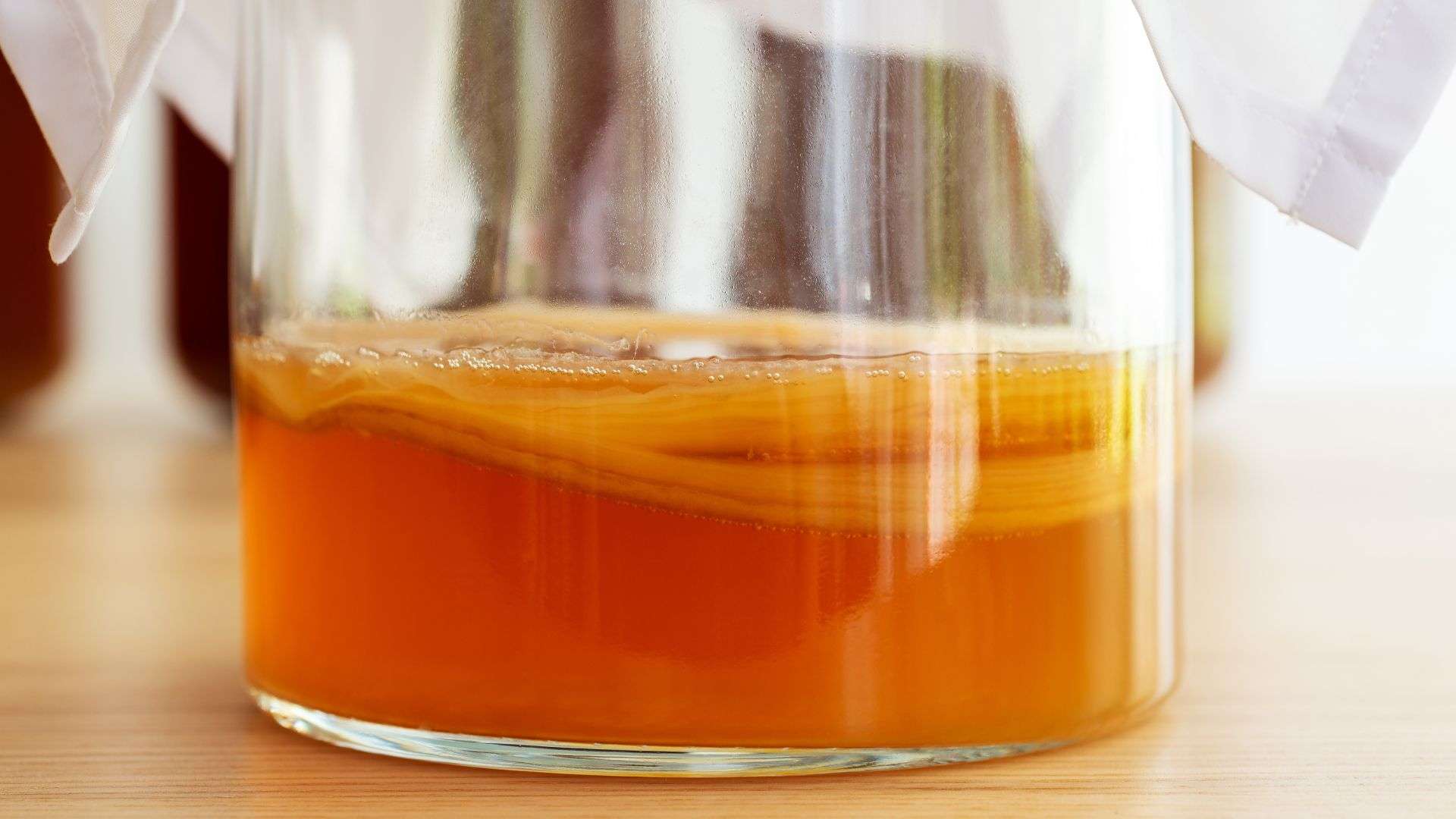
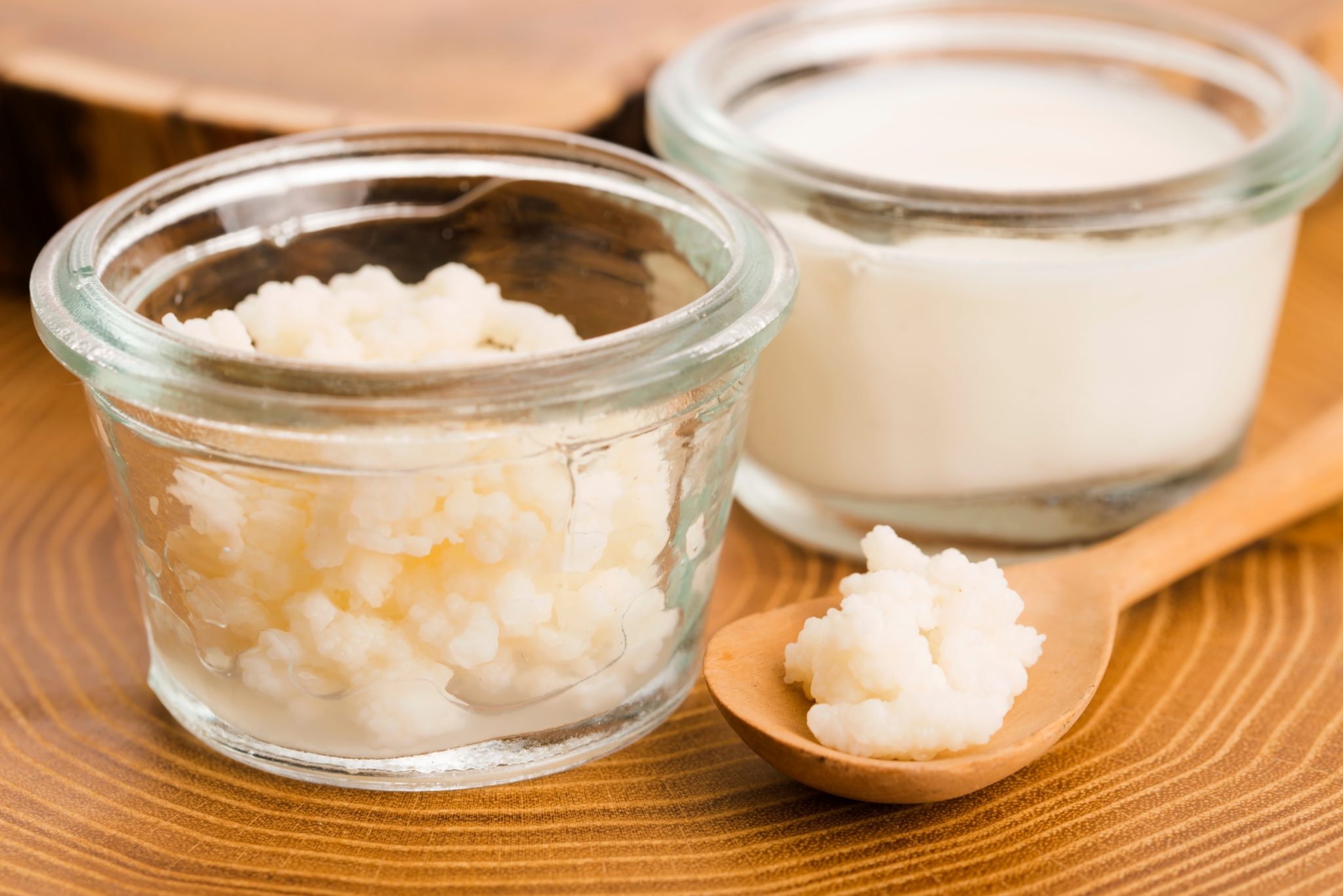
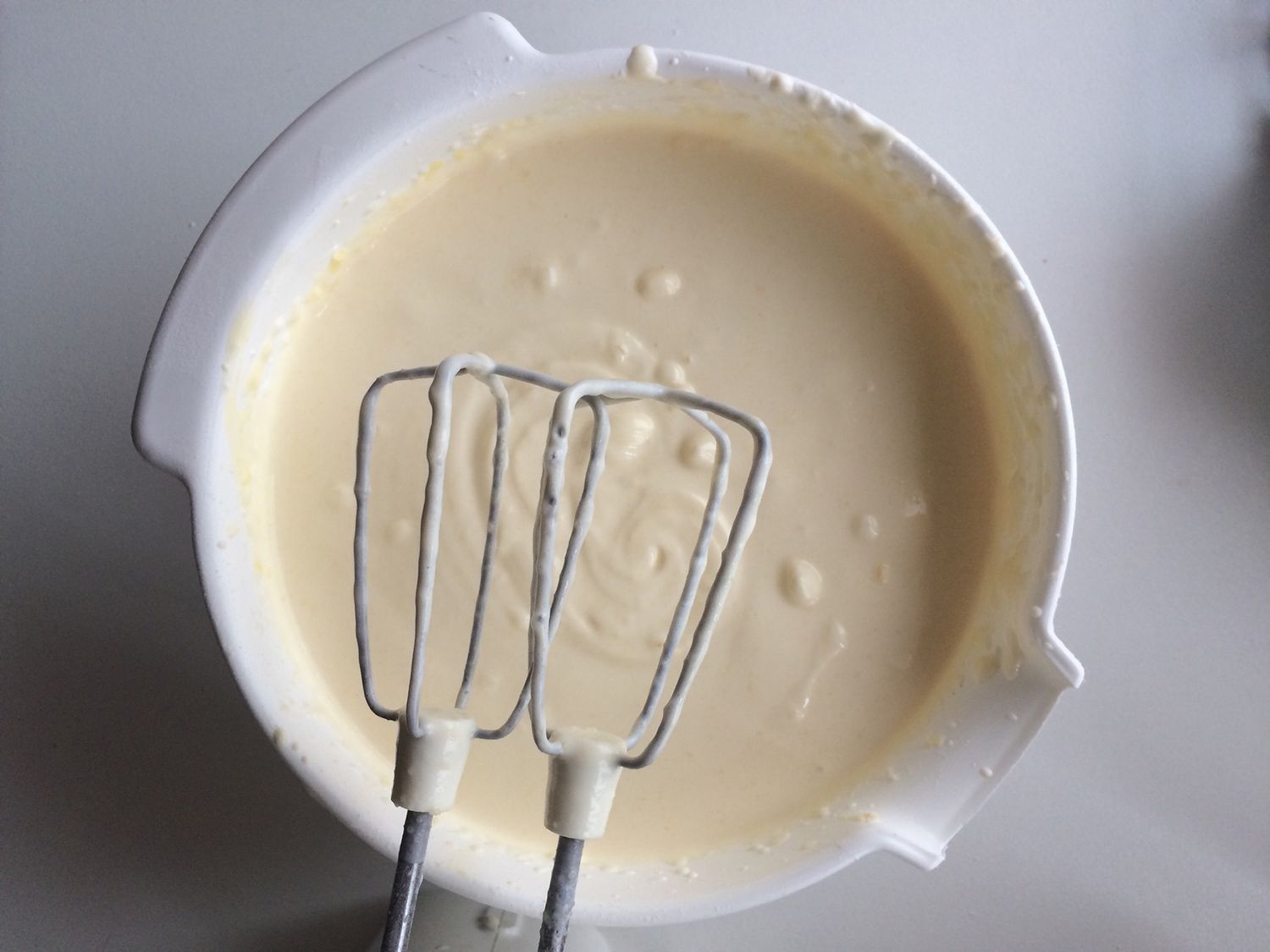
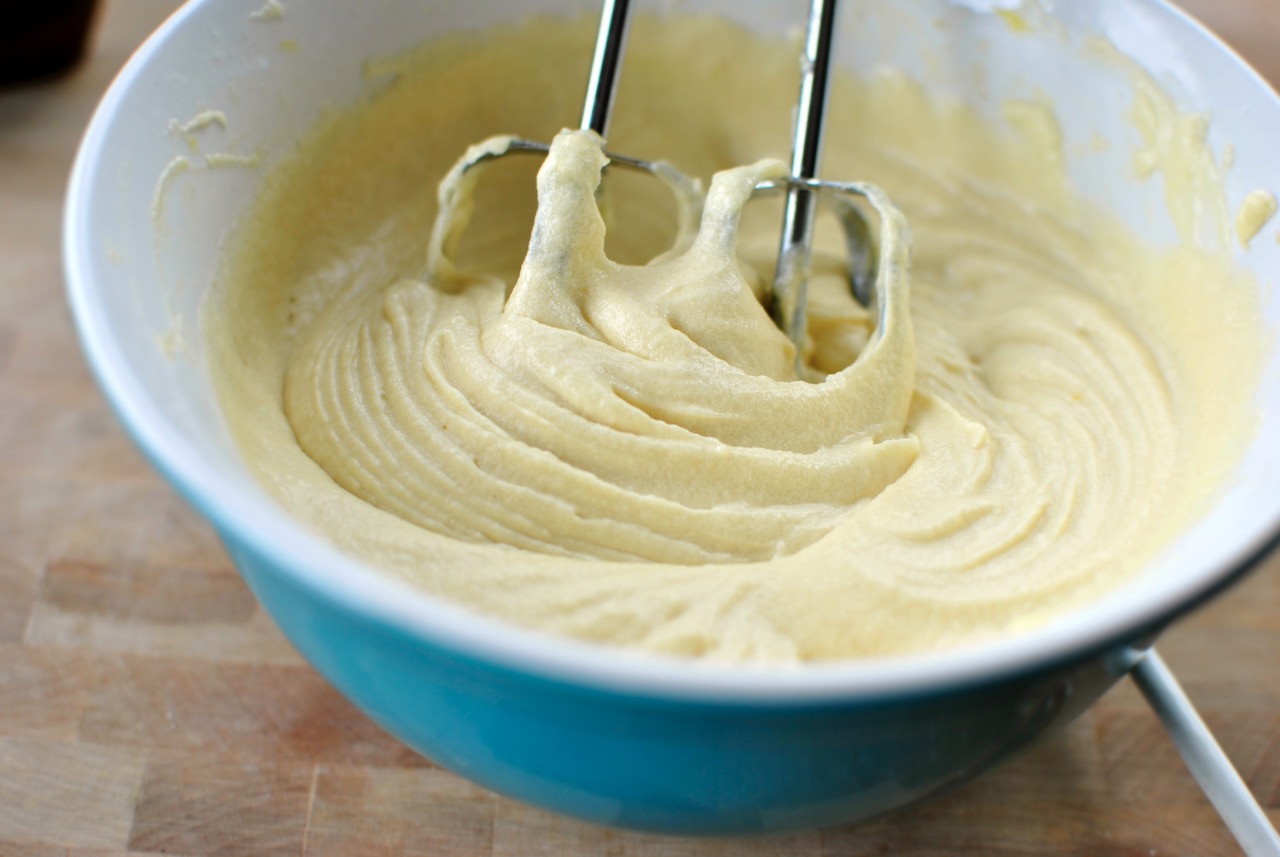
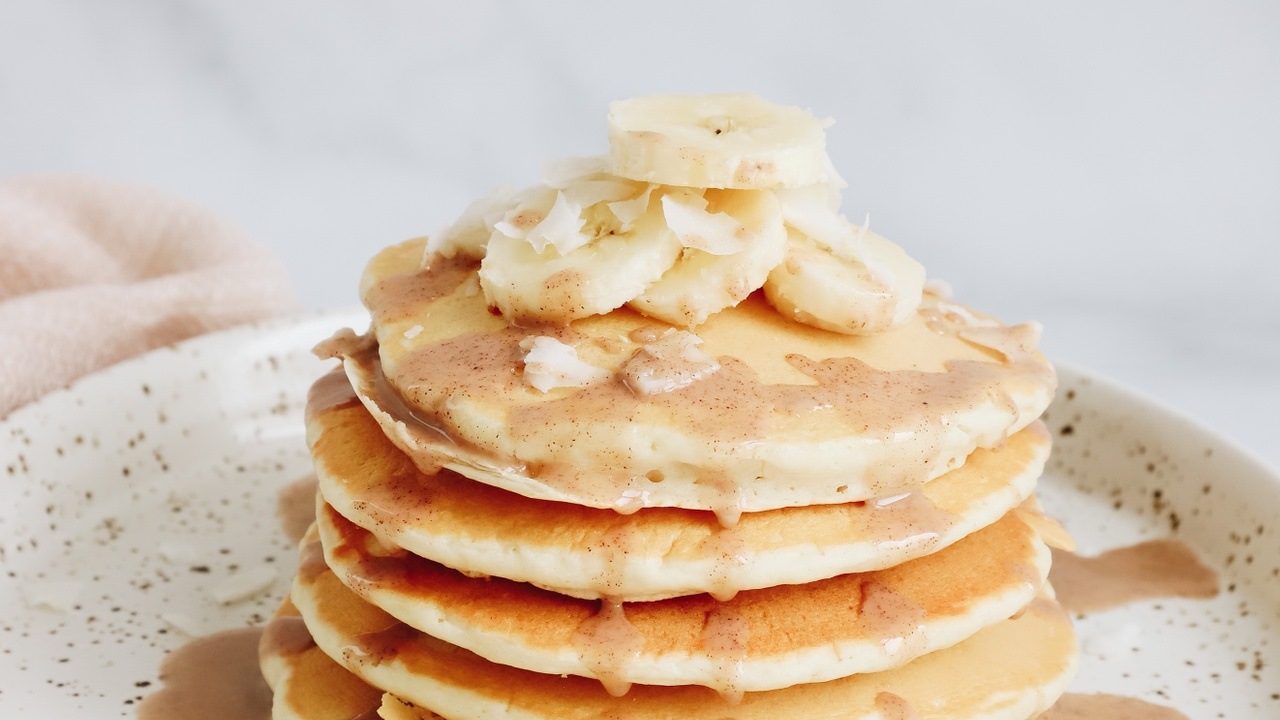
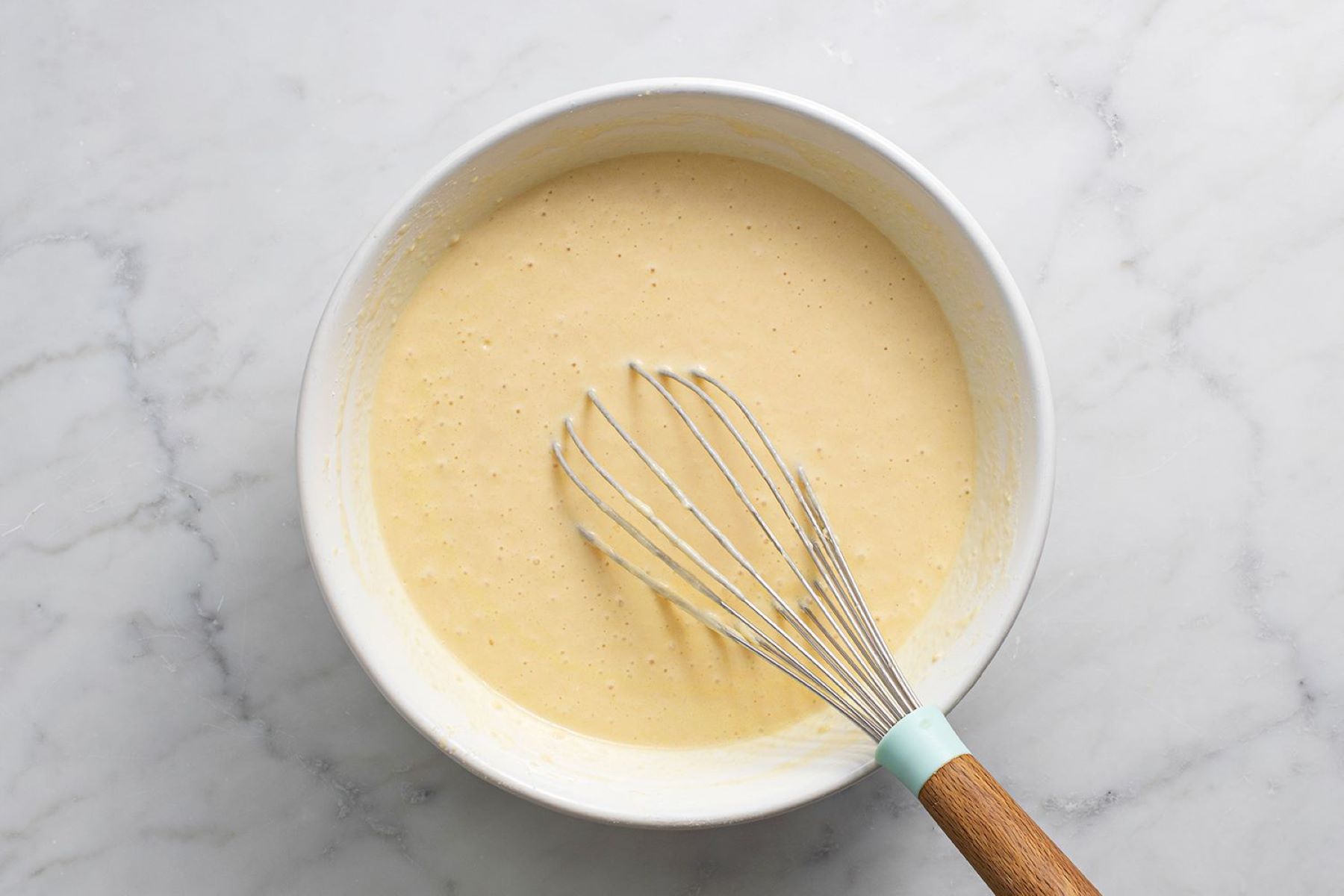
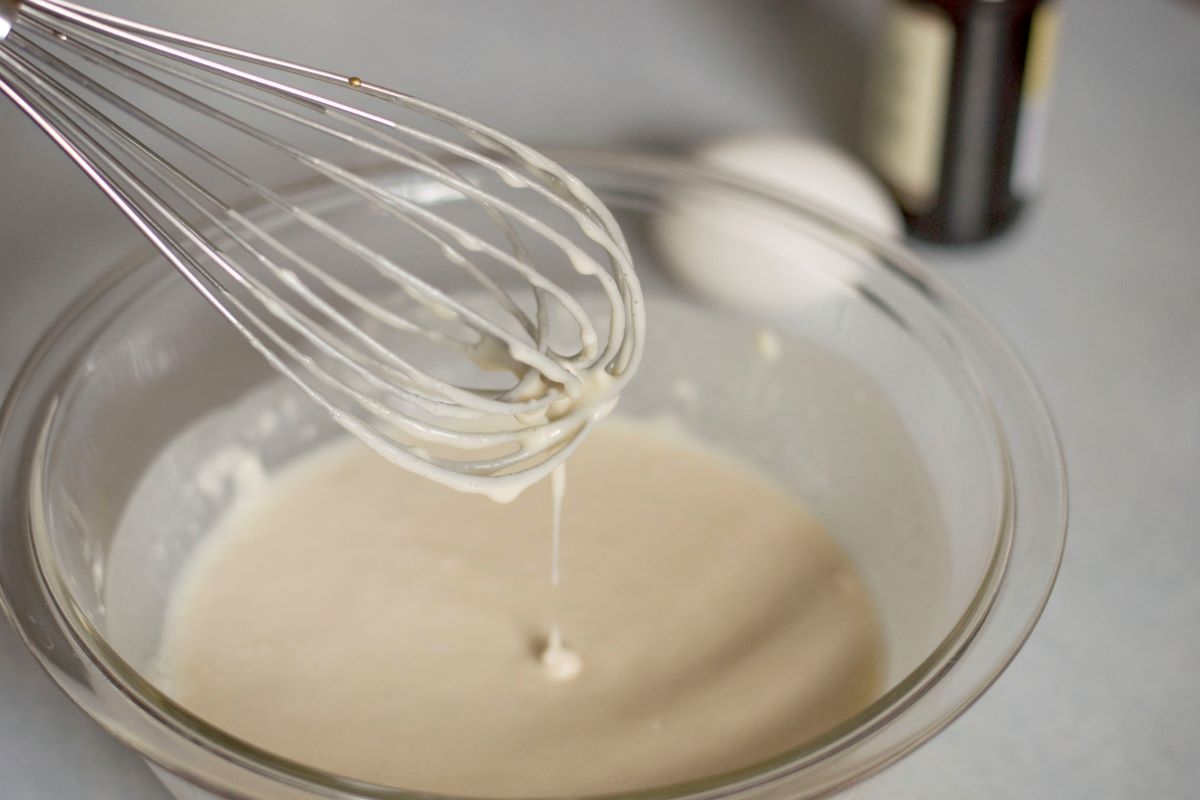
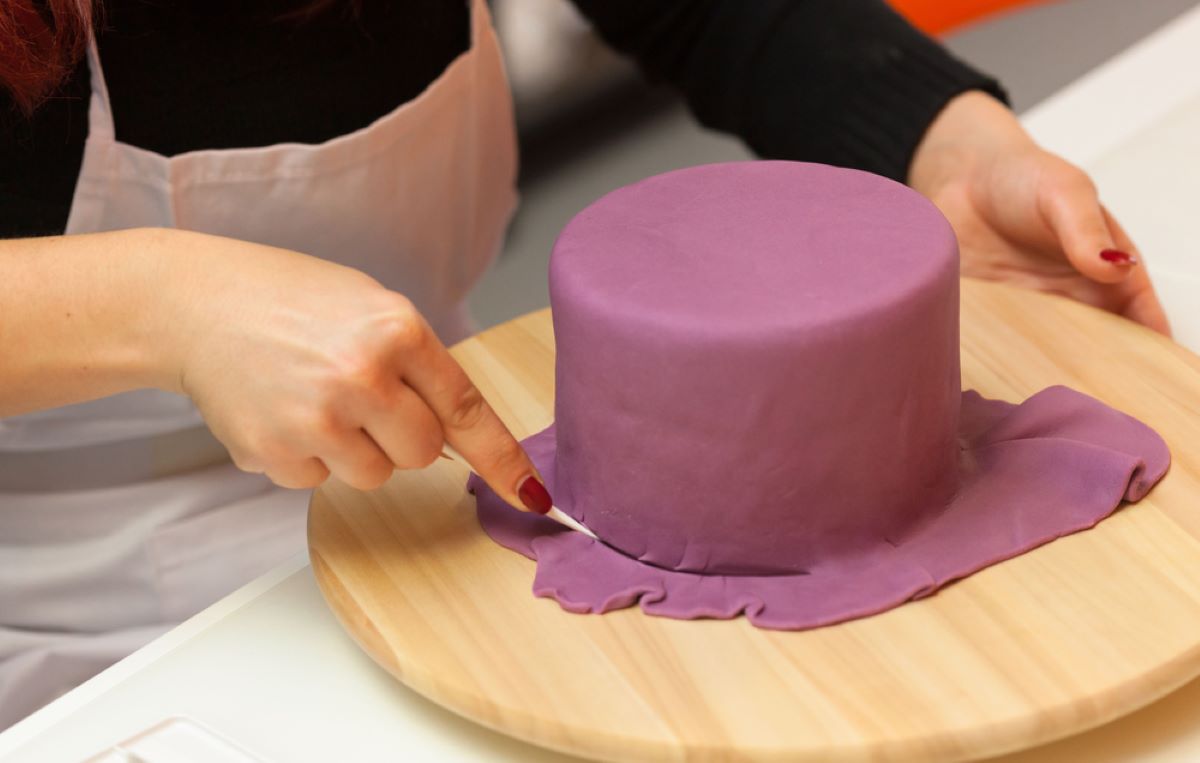
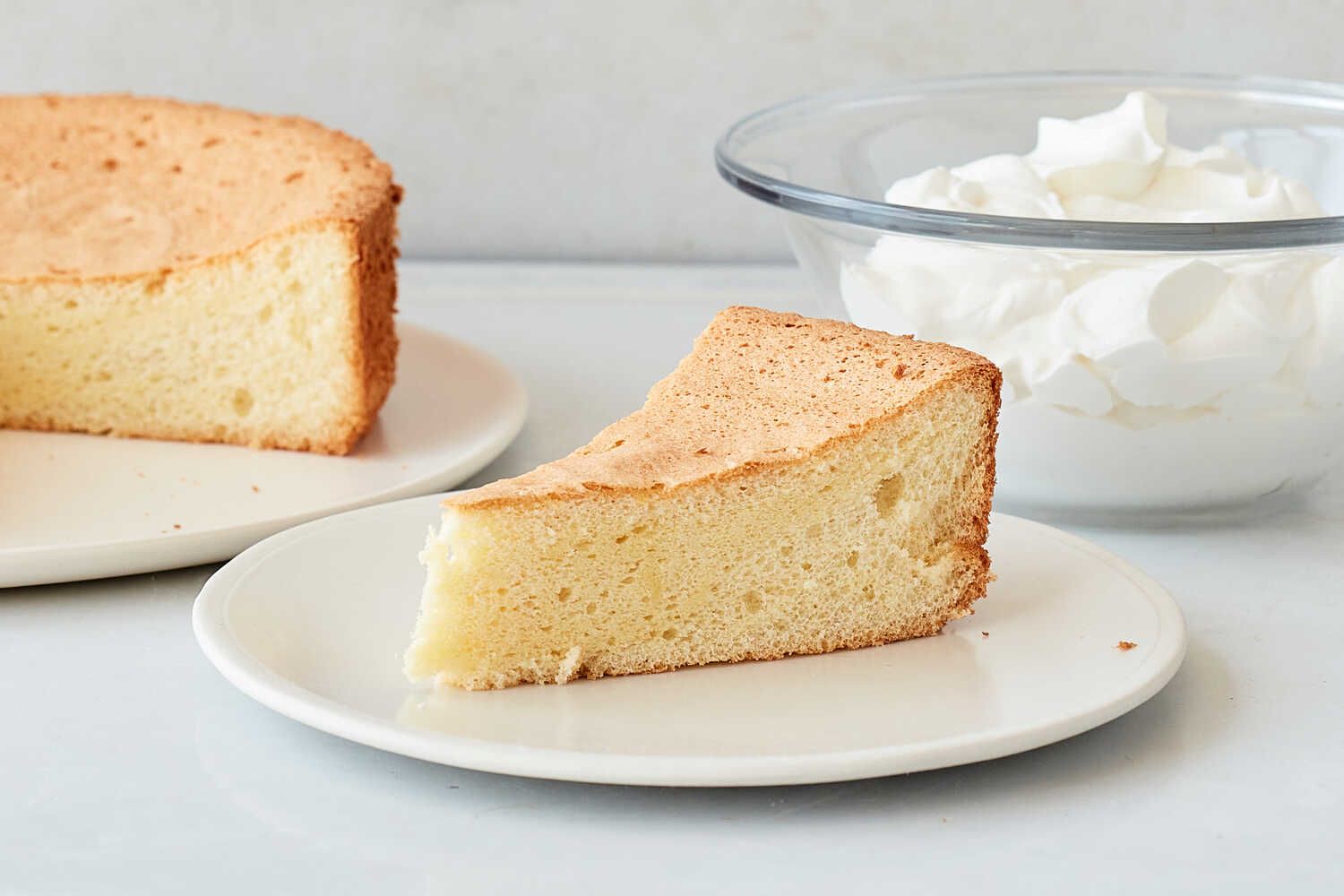
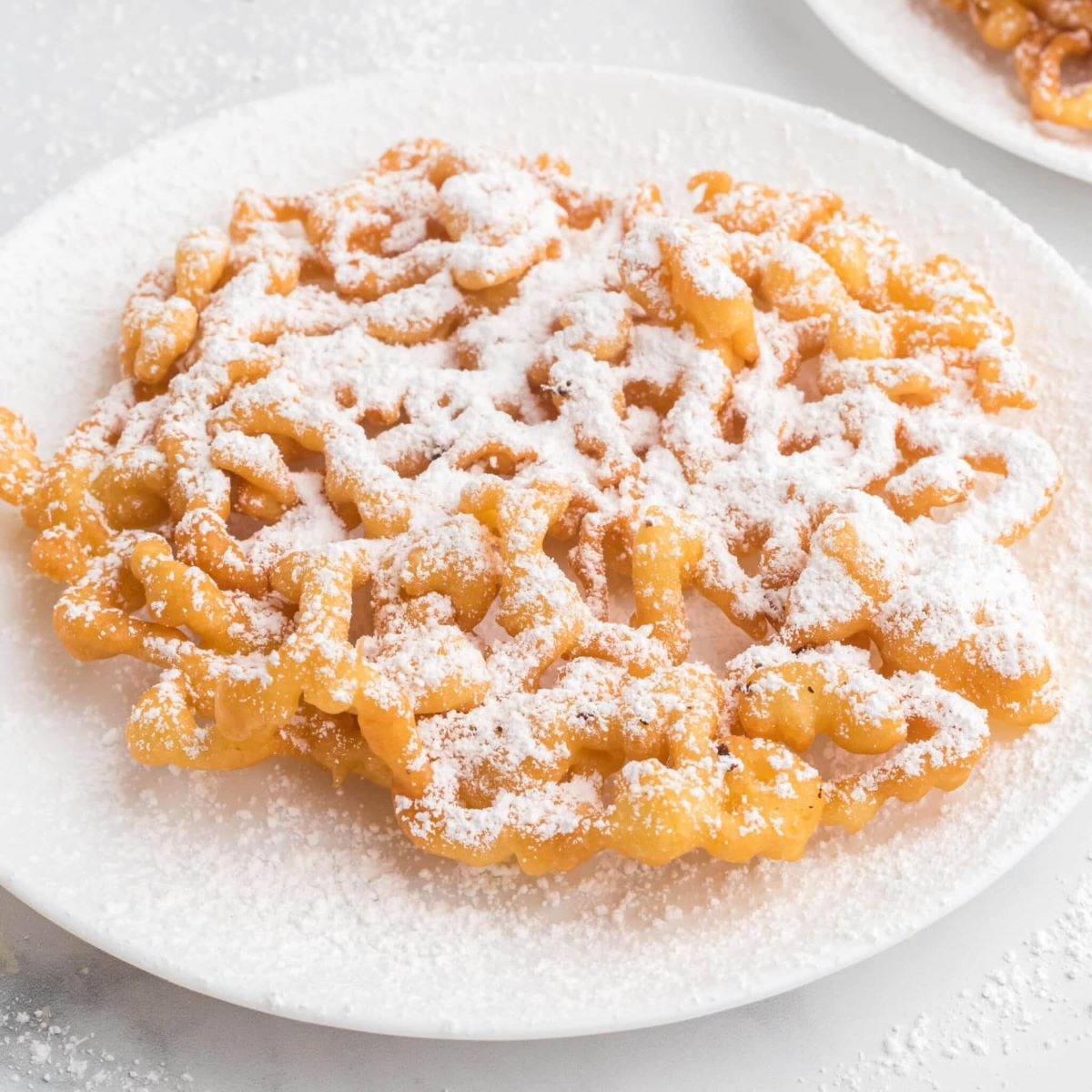
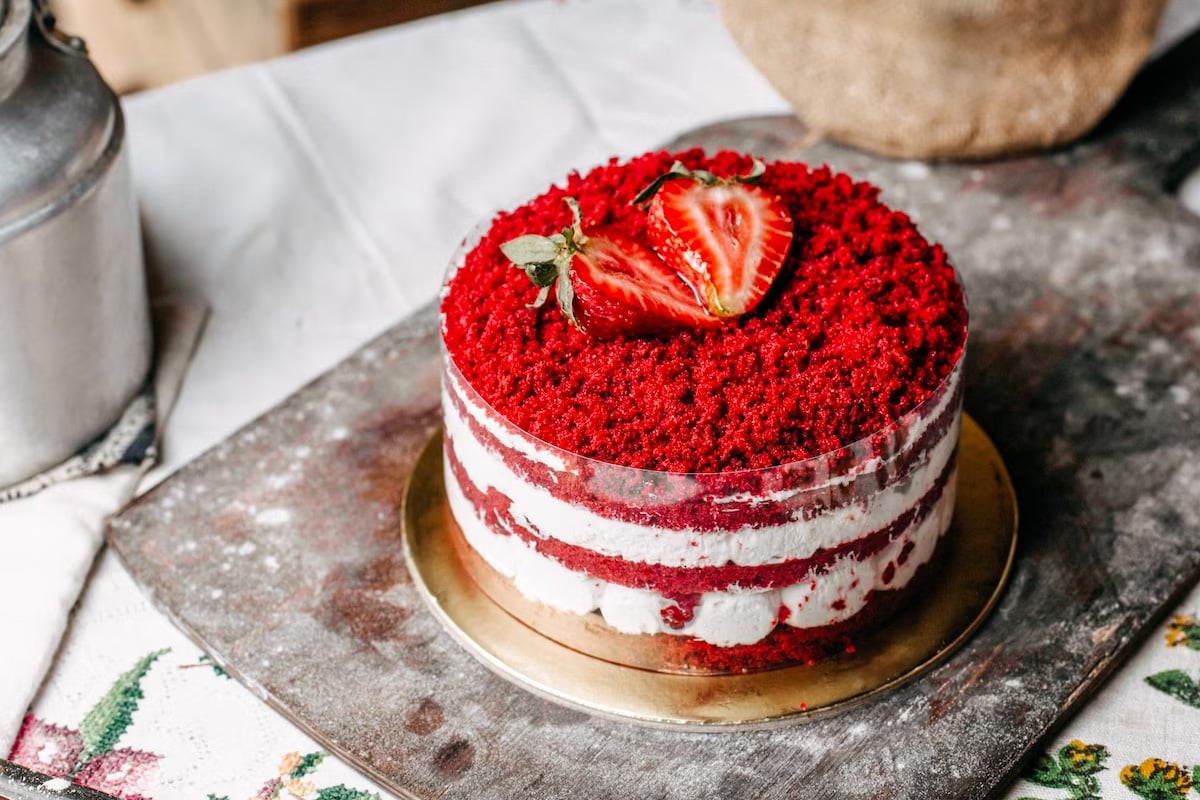
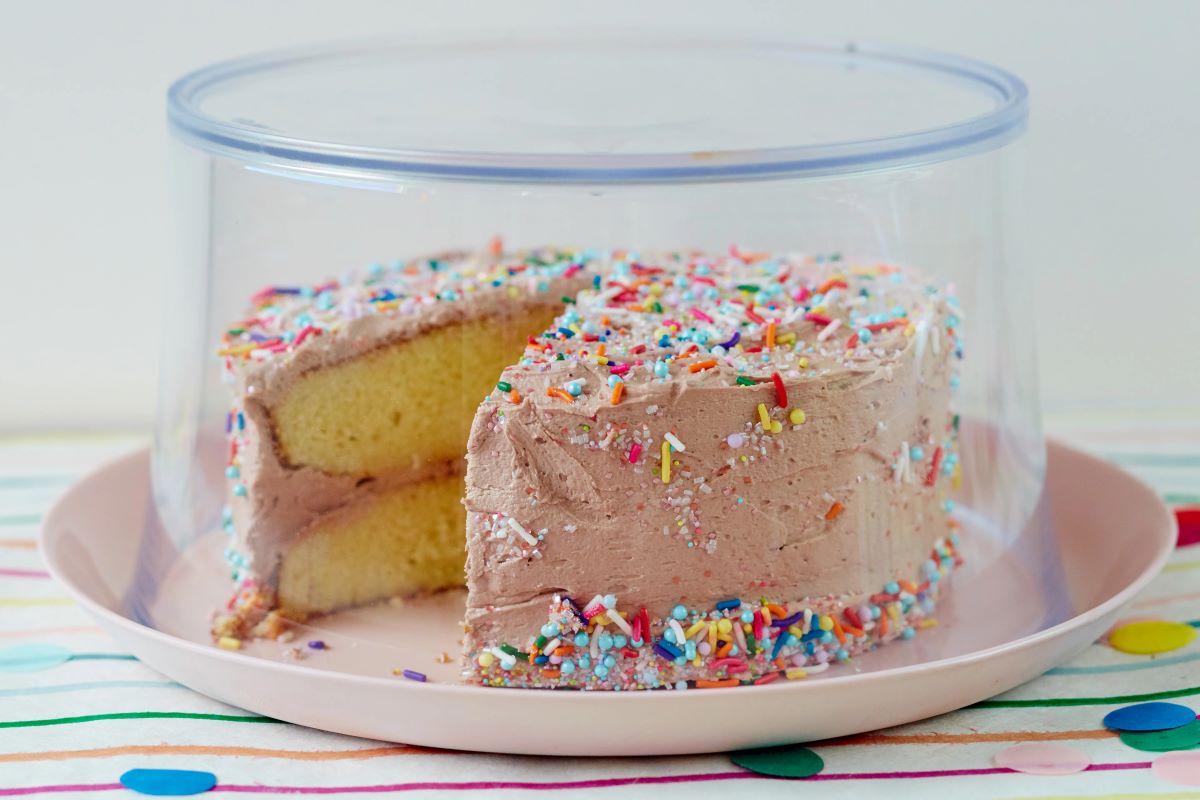
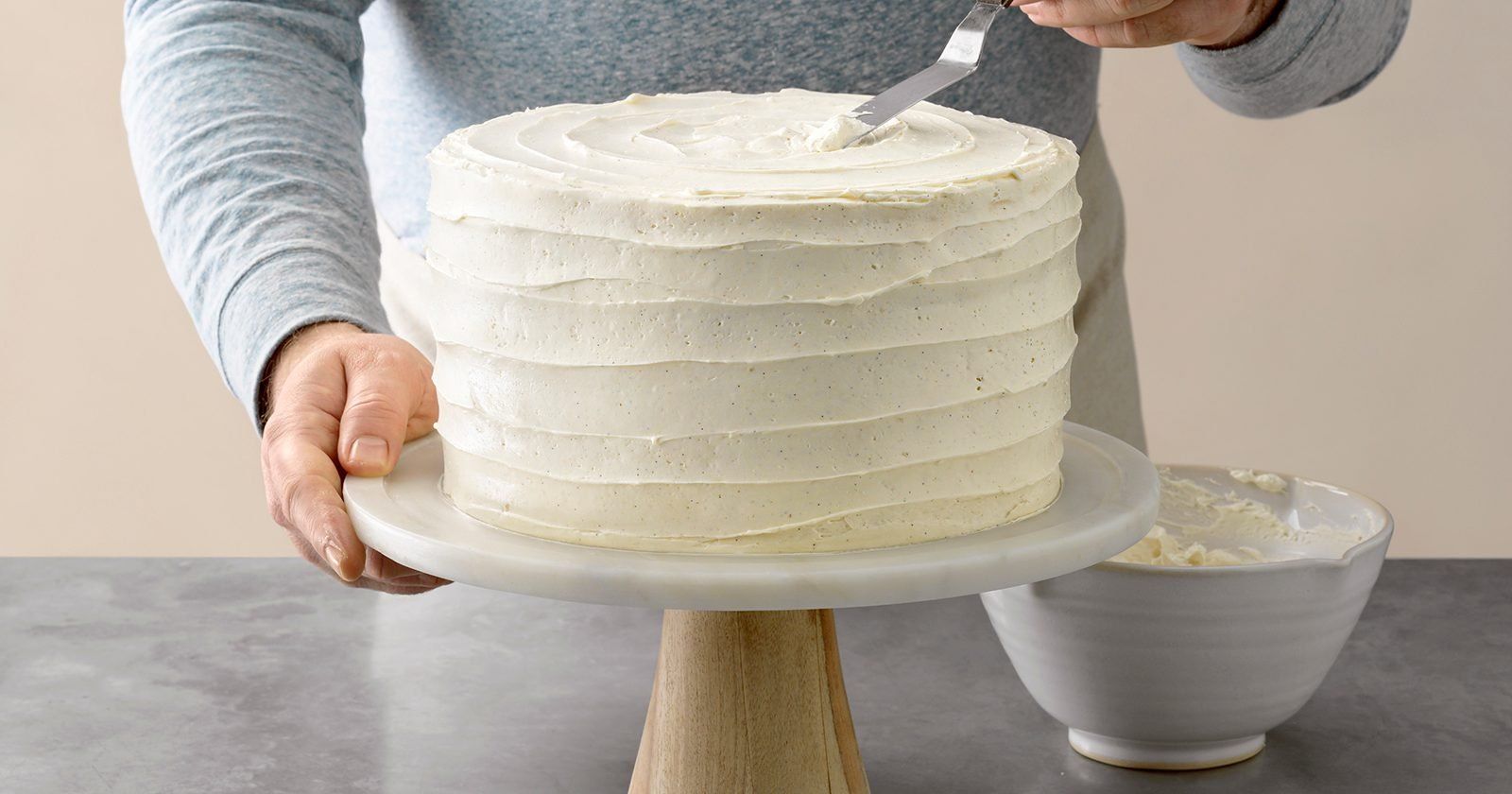
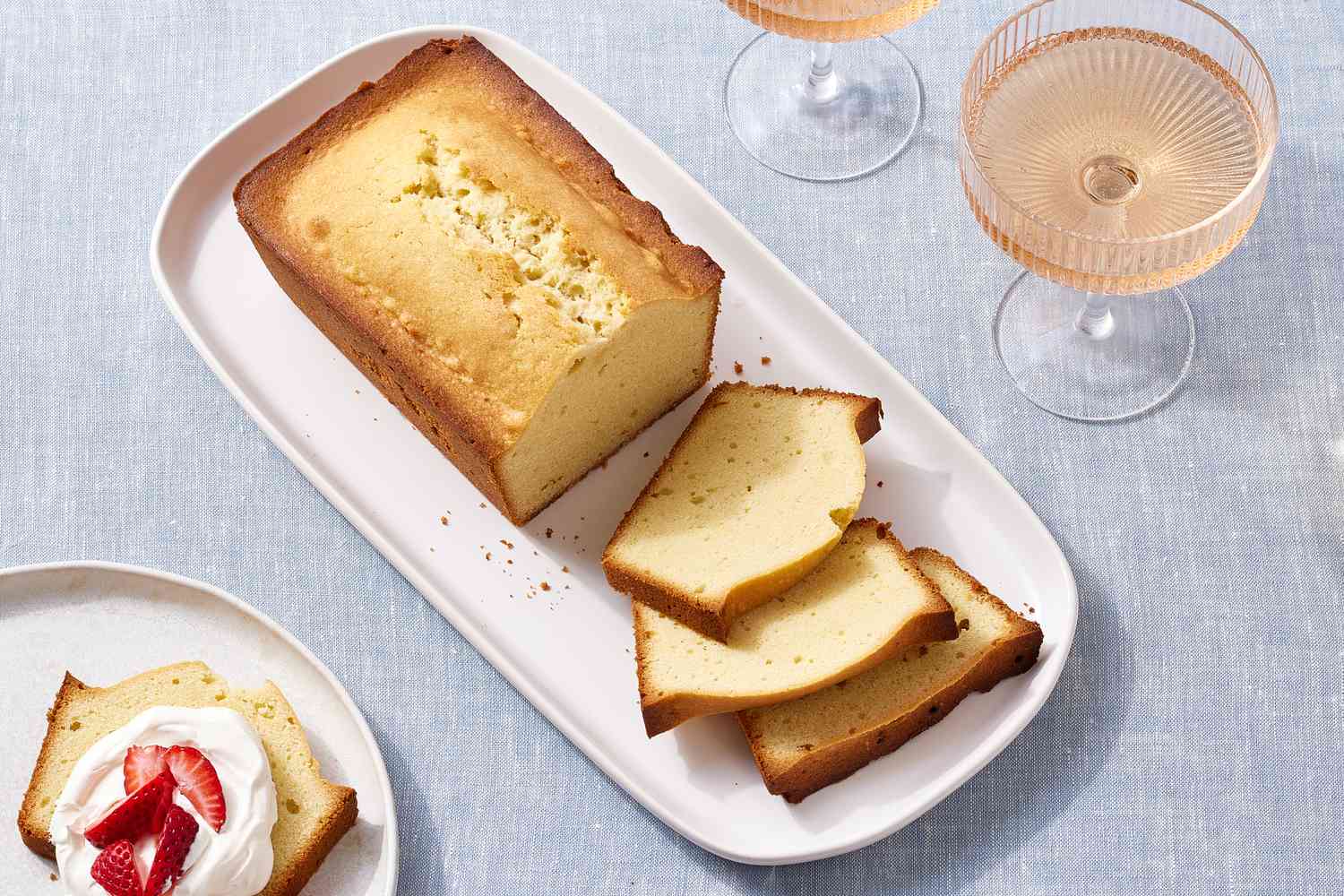

0 thoughts on “How To Store Cake Batter Between Batches”